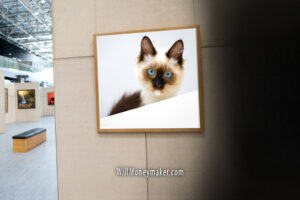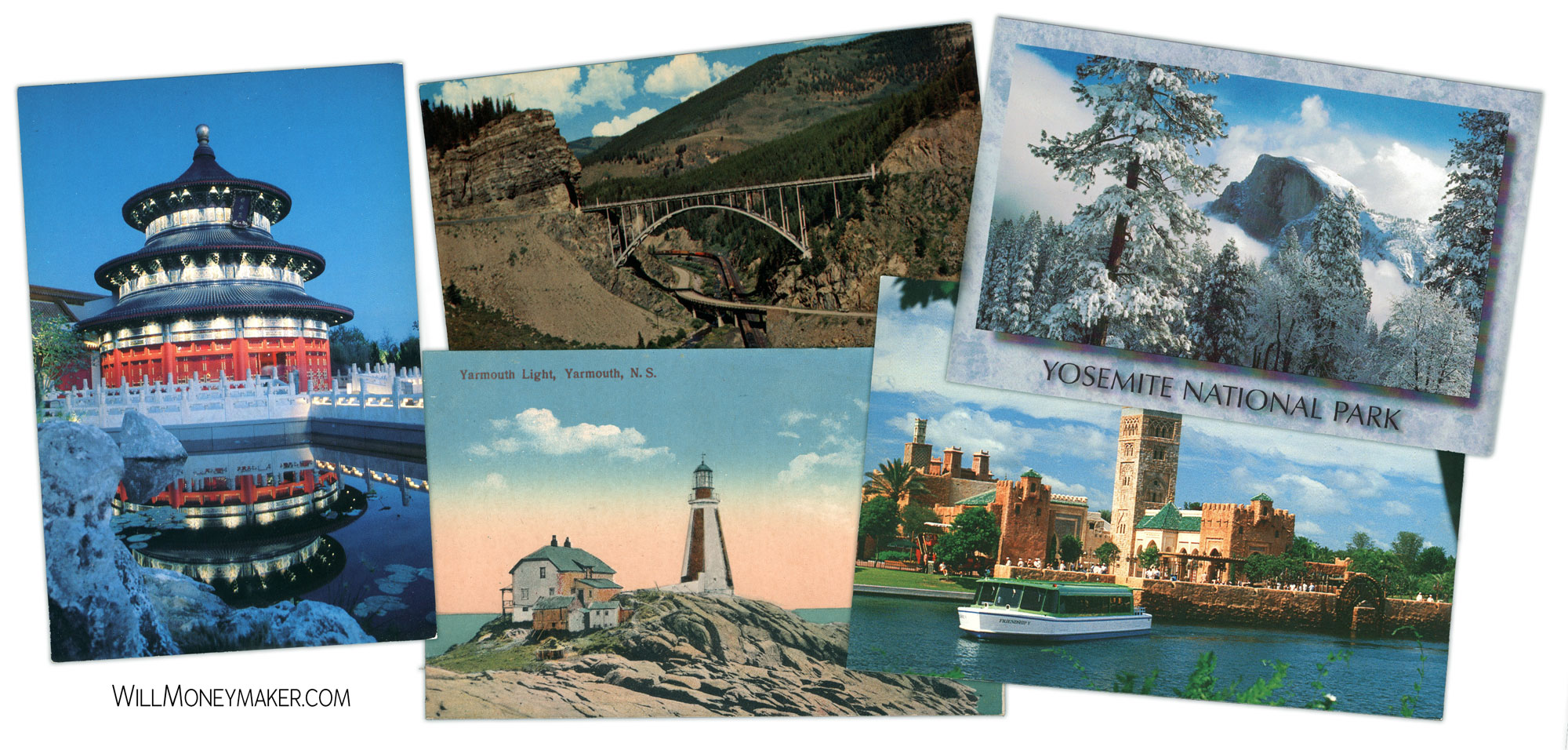This thought of mine is kind of a complex one, but as we go along, you’ll start to see what I mean. The first thing I want to express is that we are all human. As humans, innovation is a kind of our thing—it’s what we do. We’ve been innovating since the beginning, and that desire for innovation is responsible for almost every aspect of human life today—including the invention of cameras and all the rest of the photographic equipment that we use.
My point here with this discussion of innovation? Well, one of the ways in which we do it is by boiling things down to a formula. That’s how we find the easiest, best, or most efficient ways to do almost everything that we do.
Don’t believe me? Well, if you look around, you’ll see examples of formulas everywhere. We have a formula for getting the dishes done and for doing the laundry because none of us wants to spend much time on these mundane tasks. We value efficiency and expediency here, so we develop a way to get these things done with as little fuss as possible.
You could consider something like cooking to be an art form. In fact, it is as much art as it is a science because it takes creativity to present food beautifully and to create food that tastes amazing. Even here, however, we’ve got formulas for cooking. These would be our recipes, which we write down and save because we like to eat the tastiest things possible—and these formulas we’ve made are the tastiest we’ve come up with.
There are so many reasons to innovate, develop our best or most efficient formulas, and then continue to innovate by refining those formulas. However, photography is one area in which we really can’t do this. In fact, I would argue that photographs developed by a formula should be held in suspicion. And the reason why? Well, formulaic photography is just that—formulaic. It becomes bland and boring because it’s something we’ve seen and done before.
I think that in photography—and in most art forms that don’t require you to eat the art, as with cooking—the secret where formulas are concerned is a complex one. Perhaps what we need to be doing is developing these winning formulas that create the best photograph—and then promptly abandoning that formula.
Perhaps “abandon” isn’t the right word here, but my point is that once we have a formula that produced a winning photograph, we can’t just stop there and keep using that formula over and over. That’s how formulaic happens. Rather, we need to move on, to keep innovating, pushing, and changing. We need to make something new. Perhaps it could involve elements of the last formula, but in order to keep things from getting boring, it’s got to be something fresh—that’s how we keep things interesting.





